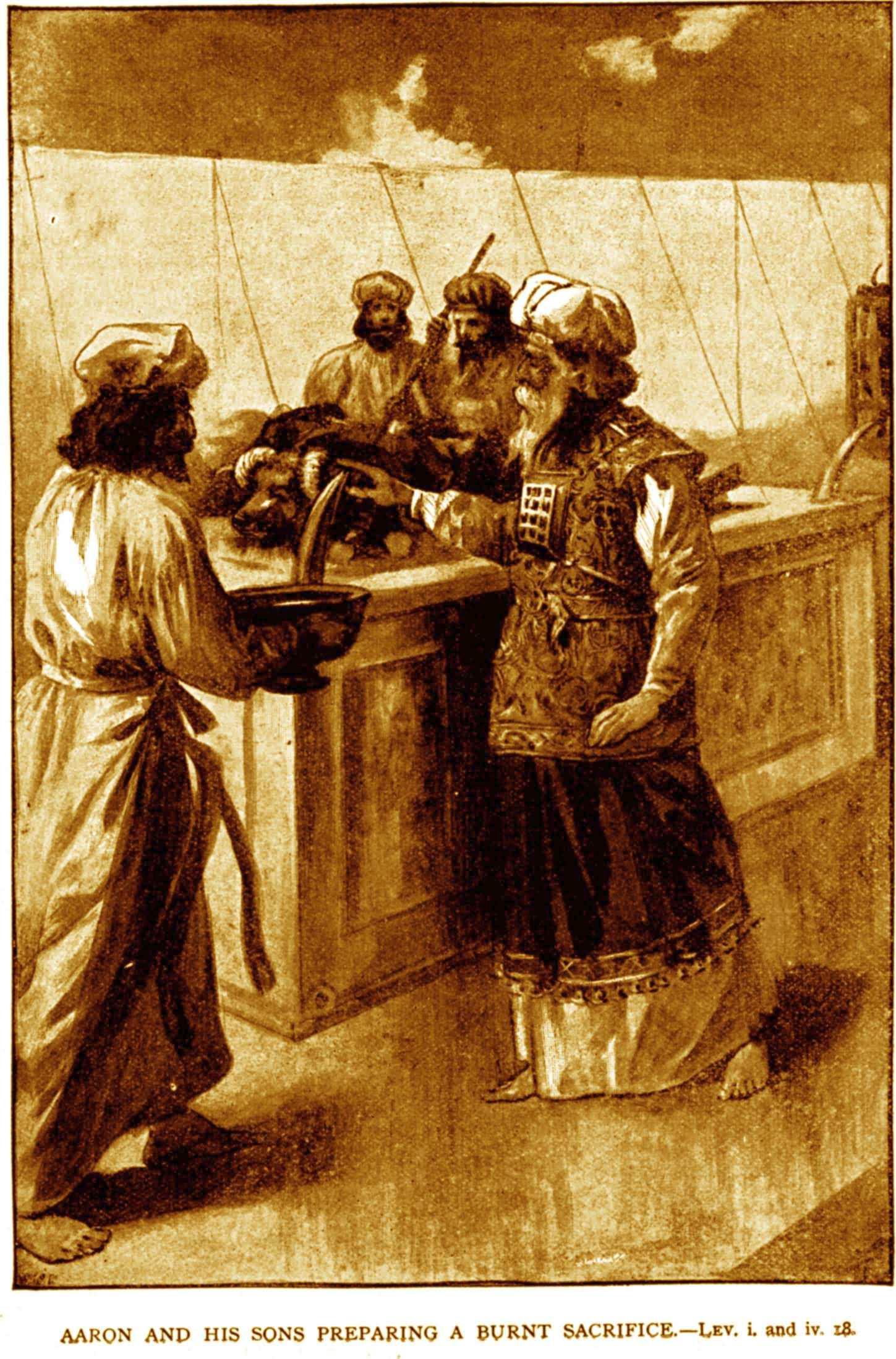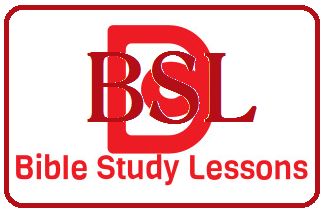"And as they were eating, Jesus took bread, and blessed it, and brake it, and gave it to the disciples, and said, Take, eat; this is my body. And he took the cup, and gave thanks, and gave it to them, saying, Drink ye all of it; For this is my blood of the new testament, which is shed for many for the remission of sins. But I say unto you, I will not drink henceforth of this fruit of the vine, until that day when I drink it new with you in my Father's kingdom" (Matthew 26:26-29).
The Lord Jesus pre-authorized the eating of the bread and drinking of the fruit of the vine in the Kingdom when He and the apostles were eating the Passover that night in which He was betrayed (Matthew 26:17-29). It is called the Lord's Supper in 1 Corinthians 11:20 and communion of the blood and communion of the body of Christ (1 Corinthians 10:16). It is referred to as "breaking of bread" in Acts 2:42 in association with the church continuing in the apostles' doctrine, fellowship and prayers.
In a corrective letter to the church at Corinth the Spirit through Paul wrote that they were not eating the Lord's Supper when they came together. They were just having a common meal among themselves and were divisive even in that. Paul warned that if they did not correctly eat and drink the Supper they would be eating and drinking damnation to themselves (1 Corinthians 11:29).
There are two extremes in the theology of observing the Lord's Supper. On the one hand there are those in Christendom that so formalize the Lord's Supper as to make it an "altar" at which only clergy can officiate. Roman Catholicism, for example, teaches transubstantiation in which Christ is literally sacrificed again and again in the Mass. It is an altar on which the sacrifice of Jesus is made on a regular repeating basis. The so-called "Holy Eucharist" is considered "a sacrament and a sacrifice." In the "Holy Eucharist," under the appearances of bread and wine, the Lord Christ is "contained, offered, and received."
On the other hand there are those that make the Lord's Supper a celebration like a feast. Eating and drinking fellowship is extolled as a service to one another instead of an act of worship ("kiss of awe") toward God. That's obviously what the Corinthian brethren erroneously were doing. It has been called an "agape" feast historically. These "feasts of charity" (Jude 12) were not in and of themselves condemned, but the contamination of the Supper with them was (1 Corinthians 11).
Both extremes are wrong. We cannot make more of the Supper than is authorized nor can we make it less than is pleasing to God.
Obviously, the behavior of the Corinthians in their loose and irreverant observance is wrong. But what about the opposite? Can the Lord's Supper's "table" be classified like the Romans say, as an altar?

1 Corinthians 10 condemns their partaking of the Lord's Table (identified as communion of body and blood of Jesus) after an earlier partaking of the Devil's altar (idolatry). Israel had eaten of the sacrifices and were therefore said to be "partakers of the altar." The Gentiles in sacrificing to idols were "sacrificing to devils." To partake of their altar was to partake of the "table of devils." The Christians could not partake of the cup from the altar to devils and turn around and partake of the cup from the Lord's table. There is a contrast then between tables and hence indirectly to each respective altar. It must be noted, however, that the term "altar" is not specifically assigned to the Lord's table.
The Lord's OT altar is called the "table of the Lord" in the OT Malachi 1:7, 12. The usual definition of an altar given is "a mound or platform, at which religious rites are performed or on which sacrifices are offered to gods."i A table (Greek: Trapeza) is a "(flat) surface on which food is placed, an eating place" (Mickelson's Dictionary of Hebrew and Greek). Did God actually eat what was offered on the altar?
God did miraculouly consume Gideon's offering (Judges 6) and Elijah's offering (1 Kings 18:38). The person making the offerings could eat of the peace offering but the priest only would eat of the other sacrifices (except for the burnt offering). There was then a sense of communion with God in the sacrifices and offerings on God's altar. But remember that this was an active killing and sacrifice that was eaten just as the altars of idols were the place for an active slaughtering before eating.
The altar of Jesus' sacrifice would have been Mount Calvary. The Lord's Table today is an eating in memorial communion with deity, the Son of God. He is in our midst when we gather in His name. He "eats" with us as He promised. He said, "I will eat it with you in the Kingdom." But Jesus does not offer Himself upon any altar or table today.
"But this man, after he had offered one sacrifice for sins for ever, sat down on the right hand of God" (Hebrews 10:12). The Supper is a memorial to Christ's 2000 year old "one" sacrifice. The altar could be said to be that of Mount Calvary. The Supper is a memorial of that altar. The New Testament Lord's Supper is not on its sacrificial altar. Where the table's contents are placed is of no consequence in the New Testament. Expedience would rule in this matter.
The point can be made then: just be thankful for what God and Jesus have done for us and behave like it. This includes being reverent to Jesus' body and blood when we come together to eat the bread and drink the cup in His memory.
Gaylon West"Throw Out the Lifeline"
Continue with: Part #2 of the Table's Gift.
